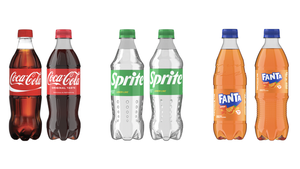May 7, 2000
Some say that the technology exists to exploit large part PIM applications. Others ask, why? Many products today are getting smaller, requiring ever smaller components. Tiny engineering thermoplastic micro parts are in production today, some weighing less than .1g. Why should plastics molders have all the fun? Why not micromold such parts in metals and ceramics?
Martin Ganz is micro-systems divisional general manager at Battenfeld—the molding machine supplier that introduced PIM to North America. Ganz covered the topic of PIM micromolding in a presentation on his company’s Microsystem 50 at the 10th international Molding 2000 conference and exhibition (February 28 to March 1, New Orleans, LA).
The Microsystem 50 (50 kN) is a fully automated, modular, self-contained, all-electric molding system with Internet-compatible, Windows-based controls. It comes complete with a rotary platen to increase productivity and a built-in product handling and packaging system, and is fully enclosed in a Class 100 cleanroom. Quality monitoring, control, and documentation is ensured by closed loop digital optics.
"We do not yet know what the limits of this technology are, because it is so new," Ganz said during his Molding 2000 address.
Wear-free PIM Micromolding
Ganz told IMM that injection unit wear is not even a small problem and that no special wear-resistant materials of construction are required. The Microsystem 50’s servodriven injection unit consists of an angled extruder screw and a very accurate vertical metering piston feeding melt to a horizontal injection piston that bottoms out perpendicular to the mold’s parting line.
Flow paths are extremely short and pressure losses are minimal. Using a combination of servodrives and mechanical gearing, switchover times are 2.5 ms at an 800-mm/sec switchover.
He continues, "Shot weights are from 1 to 25 mg. This is not a large amount of material coming through there. The sprues are very small. And the servodrives allow us to plasticize, while simultaneously performing other phases of the cycle. So you can take your time during injection without wasting overall cycle time, and further minimize any possible wear."
The Microsystem 50 is already on sale in Europe, and is expected to go on the market in North America after appearing at the National Plastics Exposition (June 19 to 23 in Chicago).
Editor’s note: Copies of the Molding 2000 papers are available from ECM; (734) 420-0507; fax (734) 420-2280.
Contact information |
You May Also Like


